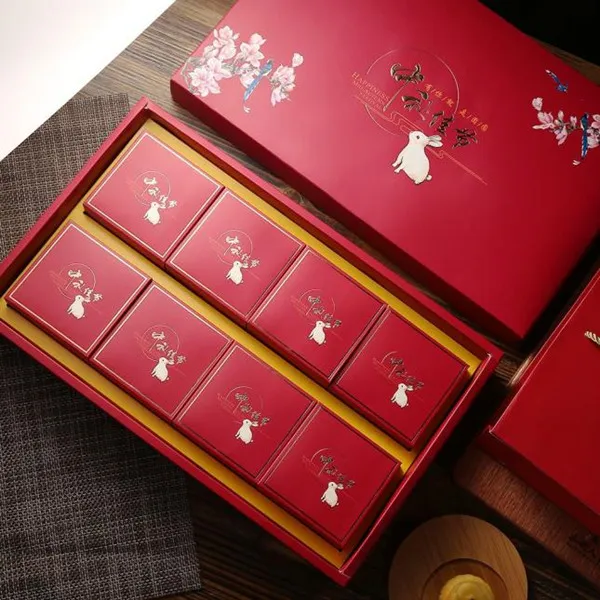
- English
- Español
- Português
- русский
- Français
- 日本語
- Deutsch
- tiếng Việt
- Italiano
- Nederlands
- ภาษาไทย
- Polski
- 한국어
- Svenska
- magyar
- Malay
- বাংলা ভাষার
- Dansk
- Suomi
- हिन्दी
- Pilipino
- Türkçe
- Gaeilge
- العربية
- Indonesia
- Norsk
- تمل
- český
- ελληνικά
- український
- Javanese
- فارسی
- தமிழ்
- తెలుగు
- नेपाली
- Burmese
- български
- ລາວ
- Latine
- Қазақша
- Euskal
- Azərbaycan
- Slovenský jazyk
- Македонски
- Lietuvos
- Eesti Keel
- Română
- Slovenski
- मराठी
- Srpski језик
The impact of the water drying phenomenon of lithographic printing on the production of packaging boxes
2025-01-21
Lithography is a crucial process in the production of packaging boxes. However, in practice, the phenomenon of "water drying" is often encountered, which not only affects the quality of printing, but also increases production costs.
Why does the phenomenon of "water drying" occur?
In the process of lithographic printing, the phenomenon of "water drying" often stems from the imbalance between the ink supply and the fine adjustment of the water supply system. On the one hand, the excessively high printing pressure accelerates the wear of the blank part of the printing plate, reduces its hydrophilic performance, and makes it difficult to form sufficient water film protection under the given water supply conditions. On the other hand, the pressure between the water rollers is not set properly, especially when using alcohol dampening solution, due to the low surface tension characteristics of alcohol, a smaller water supply can meet the demand, and once it is not properly adjusted, it is easy to cause "water drying".
What is the impact of "water drying" on production?
The direct consequence of the phenomenon of "water drying" is that the blank part of the printing plate is dirty, and the ink cannot normally reject water, resulting in ink staining in non-image areas, which seriously affects the visual beauty of the printed matter. At the same time, the accumulation and poor transfer of ink will also cause blurred edges and uneven colours of the image, which will further reduce the market competitiveness of the product.
In view of the phenomenon of "water drying" in lithographic printing, enterprises need to start from the optimisation and adjustment of ink supply and water supply systems, and finely control various parameters to ensure the perfect coordination of printing plates, inks and moisture.







